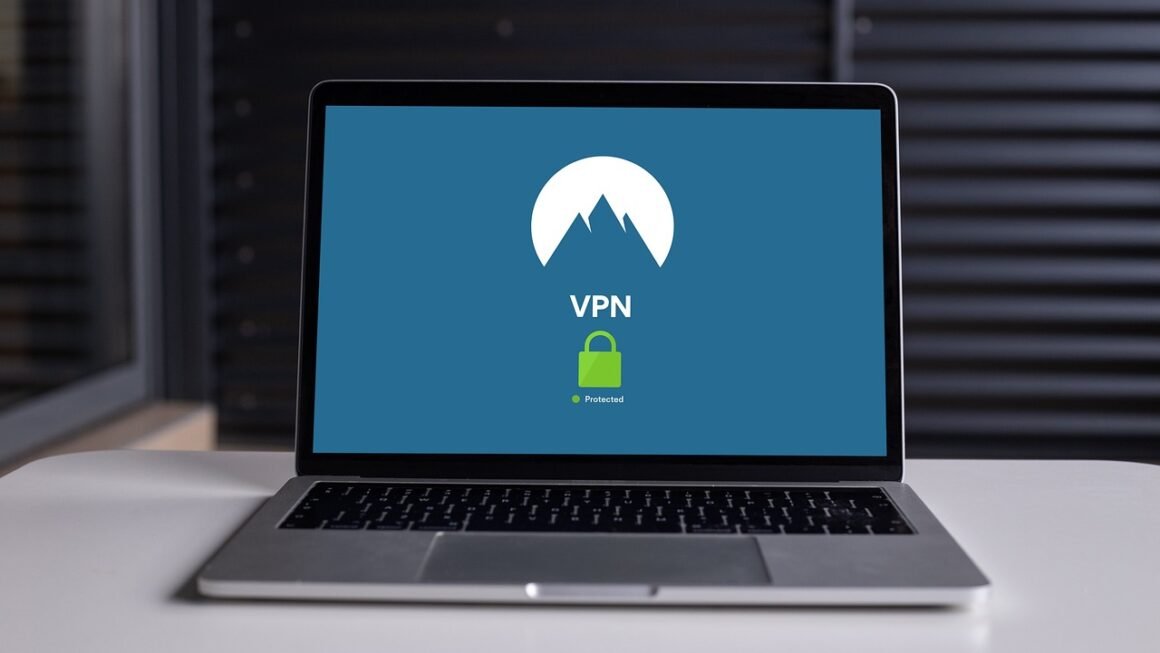The traditional security model, built on the concept of a secure network perimeter, is increasingly obsolete in today’s cloud-first, mobile-centric world. The assumption that anything inside the network is inherently trustworthy simply doesn’t hold up anymore. This is where Zero Trust Architecture (ZTA) comes in, offering a more robust and adaptive approach to cybersecurity.
Understanding Zero Trust Architecture
Zero Trust Architecture (ZTA) is a security framework based on the principle of “never trust, always verify.” It assumes that no user or device, whether inside or outside the network perimeter, should be automatically trusted. Instead, every access request is subject to stringent authentication and authorization before being granted.
Core Principles of Zero Trust
- Never Trust, Always Verify: This is the foundational principle. All users, devices, and applications are treated as potential threats until proven otherwise.
- Assume Breach: ZTA acknowledges that breaches can and will happen. The architecture focuses on minimizing the blast radius and preventing lateral movement.
- Least Privilege Access: Users and applications are only granted the minimum level of access required to perform their specific tasks.
- Microsegmentation: The network is divided into smaller, isolated segments to limit the impact of a breach.
- Continuous Monitoring and Validation: Security controls are continuously monitored and validated to ensure their effectiveness. All activity is logged and analyzed for suspicious behavior.
Key Components of a Zero Trust Model
Implementing a ZTA involves several key components working together:
- Identity and Access Management (IAM): Centralized management of user identities and access privileges. This includes multi-factor authentication (MFA), strong password policies, and role-based access control (RBAC).
- Device Security: Ensuring the security of all devices connecting to the network. This includes endpoint detection and response (EDR), mobile device management (MDM), and regular security updates.
- Network Segmentation: Dividing the network into smaller, isolated segments to limit the impact of a breach. This can be achieved through VLANs, firewalls, and microsegmentation.
- Data Security: Protecting sensitive data both at rest and in transit. This includes encryption, data loss prevention (DLP), and access control policies.
- Security Information and Event Management (SIEM): Collecting and analyzing security logs from various sources to detect and respond to threats.
Benefits of Implementing Zero Trust
Adopting a Zero Trust Architecture provides numerous benefits for organizations of all sizes. It’s no longer a ‘nice to have’ but increasingly becoming a necessity.
Enhanced Security Posture
- Reduced Attack Surface: By eliminating implicit trust, ZTA significantly reduces the attack surface, making it more difficult for attackers to gain access to sensitive data.
- Improved Threat Detection: Continuous monitoring and validation allows for faster detection and response to security threats.
- Prevention of Lateral Movement: Microsegmentation limits the ability of attackers to move laterally within the network after gaining initial access.
- Better Data Protection: Granular access control policies and data encryption ensure that sensitive data is protected from unauthorized access.
- Compliance: ZTA assists organizations in meeting compliance requirements such as HIPAA, GDPR, and PCI DSS. 63% of data breaches involve leveraging weak, default, or stolen passwords. Zero Trust implementation strengthens password security, minimizing data breach potential.
Increased Agility and Flexibility
- Support for Remote Work: ZTA enables secure access to resources from any location, making it ideal for organizations with remote workers.
- Cloud Adoption: ZTA facilitates secure cloud adoption by extending security controls to cloud environments.
- Simplified Security Management: Centralized management of security policies simplifies security administration and reduces the risk of human error.
Improved User Experience
- Seamless Access: While ZTA emphasizes verification, it can also improve the user experience by providing seamless access to resources based on identity and context.
- Reduced Friction: Modern ZTA solutions aim to minimize friction for users by leveraging technologies such as adaptive authentication.
Implementing a Zero Trust Architecture
Implementing ZTA is a journey, not a destination. It requires careful planning, a phased approach, and ongoing monitoring and refinement.
Assessment and Planning
- Identify Critical Assets: Determine the most valuable assets that need protection.
- Map Data Flows: Understand how data flows within the organization and where sensitive data is stored.
- Assess Current Security Posture: Evaluate existing security controls and identify gaps.
- Define Zero Trust Policies: Develop clear and comprehensive Zero Trust policies based on the organization’s risk tolerance and compliance requirements.
Phased Implementation
- Start with Identity and Access Management: Implement MFA, strong password policies, and RBAC.
- Implement Device Security: Deploy endpoint detection and response (EDR) and mobile device management (MDM) solutions.
- Implement Network Segmentation: Divide the network into smaller, isolated segments.
- Implement Data Security: Deploy data encryption and data loss prevention (DLP) solutions.
- Implement Security Information and Event Management (SIEM): Collect and analyze security logs from various sources.
Practical Example: Securing Remote Access
Consider a company with employees working remotely. To implement ZTA for remote access:
Challenges and Considerations
While ZTA offers significant benefits, it also presents some challenges.
Complexity
- Implementing ZTA can be complex and require significant investment in new technologies and processes.
Cost
- Implementing ZTA can be expensive, particularly for large organizations with complex IT environments.
Cultural Shift
- ZTA requires a shift in mindset from trusting by default to verifying everything. This can be challenging for some organizations to adopt.
Interoperability
- Ensuring that different security technologies work together seamlessly can be challenging.
Actionable Takeaways
- Start with a clear understanding of your organization’s risk profile and compliance requirements.
- Adopt a phased approach to implementation, starting with the most critical assets.
- Invest in training and education to ensure that employees understand the principles of ZTA.
- Continuously monitor and refine your ZTA implementation based on lessons learned and evolving threat landscape.
Conclusion
Zero Trust Architecture represents a fundamental shift in how organizations approach cybersecurity. By abandoning the traditional perimeter-based model and embracing the principle of “never trust, always verify,” ZTA provides a more robust and adaptive defense against modern threats. While implementing ZTA can be challenging, the benefits of enhanced security, increased agility, and improved user experience make it a worthwhile investment for organizations looking to protect their data and systems in today’s increasingly complex threat landscape. Embracing ZTA is not just about technology; it’s about a cultural shift towards a security-conscious mindset, where trust is earned, not assumed.



